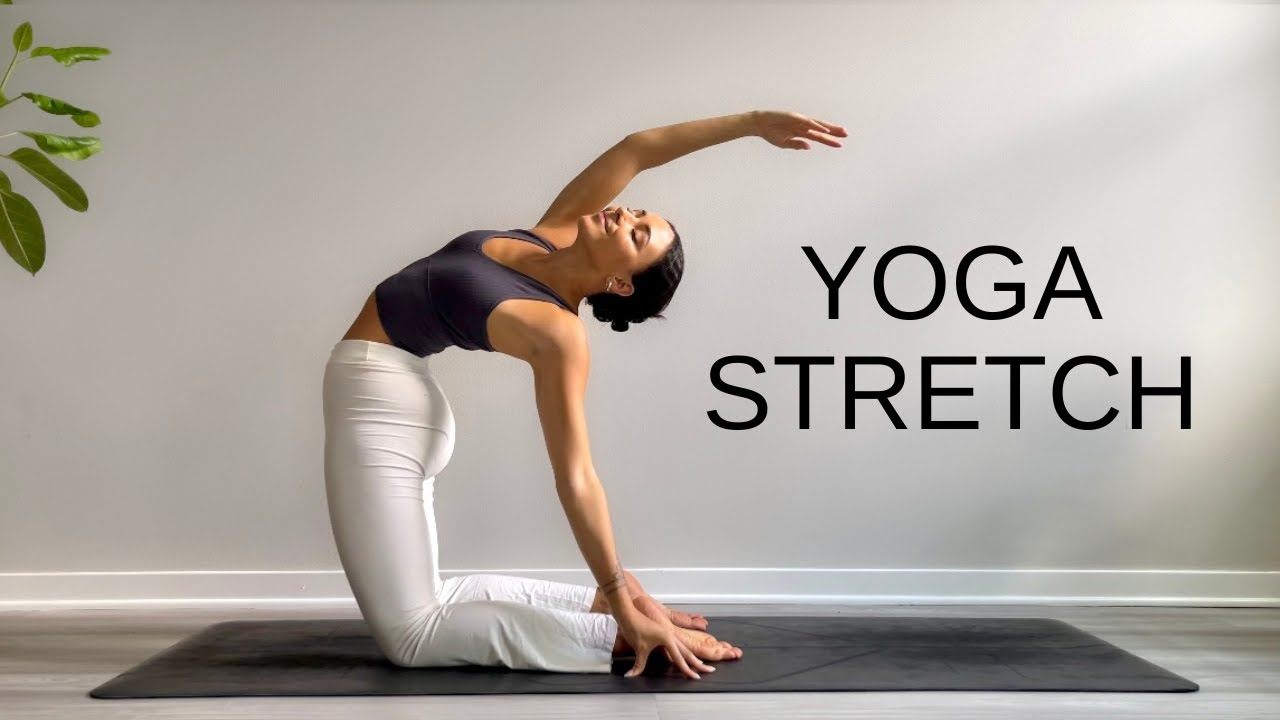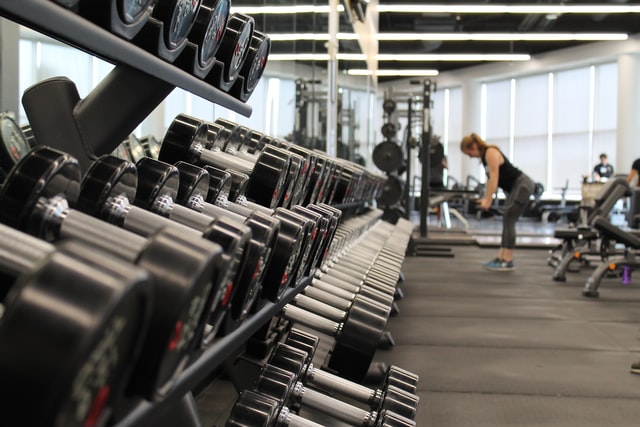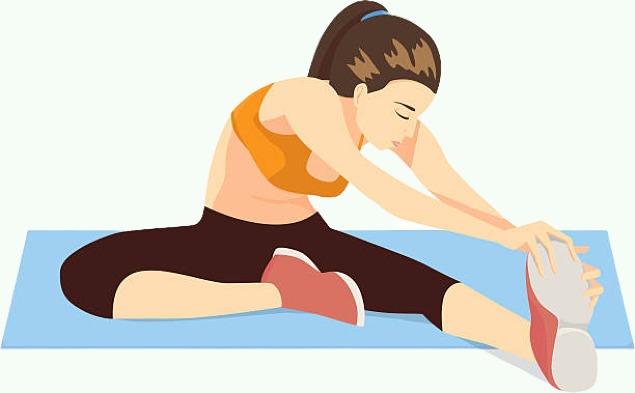
Fitness is a dynamic and multifaceted concept that encompasses physical, mental, and emotional well-being. It involves engaging in regular physical activity, adopting healthy lifestyle choices, and maintaining a balanced approach to overall health.
benefits of fitness.
- Enhanced Mental Well-being:Fitness activities, including exercise and physical activity, release endorphins in the brain, which act as natural mood elevators and reduce feelings of stress, anxiety, and depression. Regular exercise promotes better sleep patterns, boosts self-confidence, and improves overall mental well-being.
- Increased Energy Levels:Engaging in fitness activities regularly helps improve stamina, endurance, and energy levels. Physical exercise stimulates blood flow, delivering oxygen and nutrients to the muscles and tissues, which in turn increases energy production and reduces fatigue.
- Disease Prevention and Management: Fitness plays a crucial role in preventing and managing various chronic diseases such as cardiovascular diseases, type 2 diabetes, certain types of cancer, and osteoporosis. Regular physical activity strengthens the immune system, improves heart health, regulates blood sugar levels, and maintains bone density.







- Improved Cognitive Function: Fitness activities have a positive impact on brain health and cognitive function. Exercise promotes the growth of new neurons, improves memory, attention span, and cognitive abilities. It also reduces the risk of age-related cognitive decline and enhances overall brain health.
- Longevity and Quality of Life: Adopting a fit and active lifestyle has been associated with increased longevity and improved quality of life. Regular exercise and physical activity contribute to maintaining healthy body weight, reducing the risk of chronic diseases, improving mobility, and promoting independence as we age.
Remember, it's important to consult with a healthcare professional before starting any fitness regimen and to find activities that align with your abilities and preferences.
- Cardiovascular Fitness:
- Also known as aerobic or cardio exercise, this type of fitness focuses on improving the cardiovascular system. It includes activities such as running, swimming, cycling, brisk walking, and dancing.These exercises increase heart rate, improve lung capacity, and enhance endurance.

- Strength Training:
- Strength training, also known as resistance or weight training, involves using external resistance, such as dumbbells, barbells, or resistance bands, to build muscle strength and endurance. This type of fitness helps increase lean muscle mass, improve bone density, and boost metabolism.

- Flexibility Training:
- Flexibility training focuses on improving joint range of motion and muscle elasticity. Stretching exercises, yoga, and Pilates are examples of activities that promote flexibility, helping to prevent injuries, improve posture, and enhance overall movement.

- Balance and Stability Training:
- Balance and stability exercises aim to improve coordination, proprioception, and body control. These activities help prevent falls, particularly in older adults, and enhance sports performance. Examples include yoga, tai chi, and specific balance drills.

- High-Intensity Interval Training (HIIT):
- HIIT workouts involve alternating periods of high-intensity exercise with short recovery periods. This type of fitness training is known for its efficiency and effectiveness in improving cardiovascular fitness, burning calories, and boosting metabolism.

- Functional Fitness:
- Functional fitness exercises mimic movements performed in daily activities or sports. They focus on building strength, flexibility, and endurance that directly translate to everyday tasks. Examples include squats, lunges, pushing, pulling, and lifting.
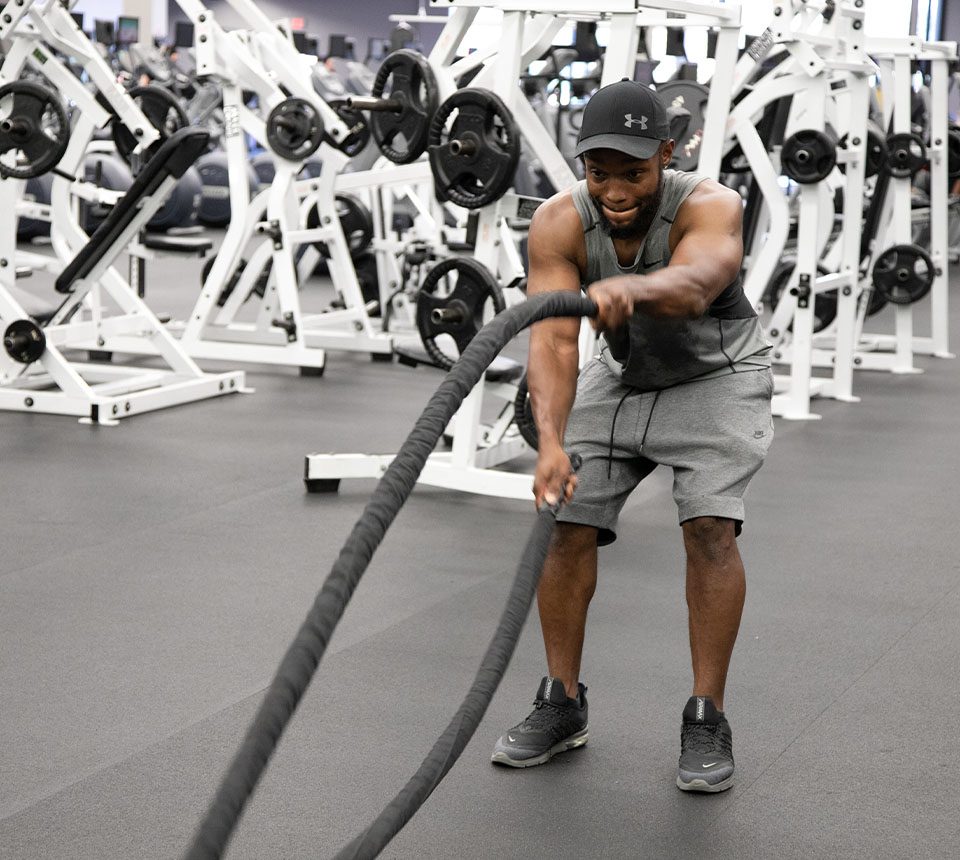
- Group Fitness:
- Group fitness classes provide a social and motivational setting for individuals to engage in exercise together. Classes such as aerobics, Zumba, spinning, and boot camps offer a structured and energetic environment for fitness enthusiasts of all levels.
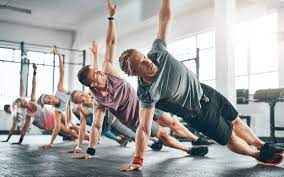
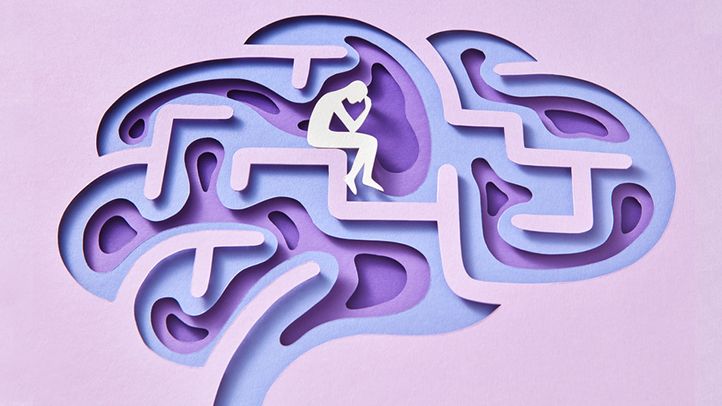
Exercise Boosts Brain Power
Physical activity enhances cognitive function, improving memory, attention, and problem-solving abilities.

Music Enhances Performance
Listening to upbeat music during a workout can increase endurance and motivate individuals to push their limits.

Strength Training Burns Calories
Lifting weights not only builds muscle but also increases metabolism, helping the body burn more calories even at rest.

Active Commuting Improves Health
Walking, biking, or using public transportation instead of driving can significantly improve cardiovascular health.
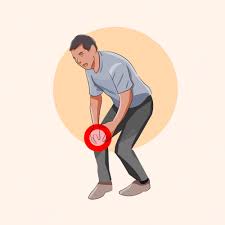
Flexibility Enhances Joint Health
Incorporating stretching exercises into your routine improves flexibility, reducing the risk of injuries.

Exercise Reduces Stress
Engaging in physical activity releases endorphins, which act as natural stress relievers and boost mood.
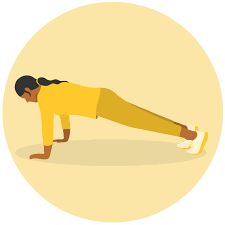
HIIT Maximizes Efficiency
High-Intensity Interval Training (HIIT) combines short bursts of intense exercise with brief recovery periods.
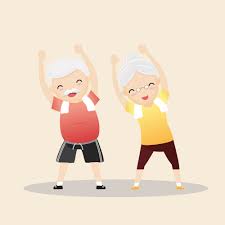
Exercise and Aging
Regular physical activity can help prevent age-related decline, preserving muscle mass, bone density.

Socializing Through Fitness
Participating in group workouts or team sports promotes social interaction, motivation, and overall well-being.

Consistency is Key
Consistent exercise over time yields the most significant health benefits.

Exercise Helps Sleep
Regular physical activity improves sleep quality and duration, leading to better overall rest and recovery.
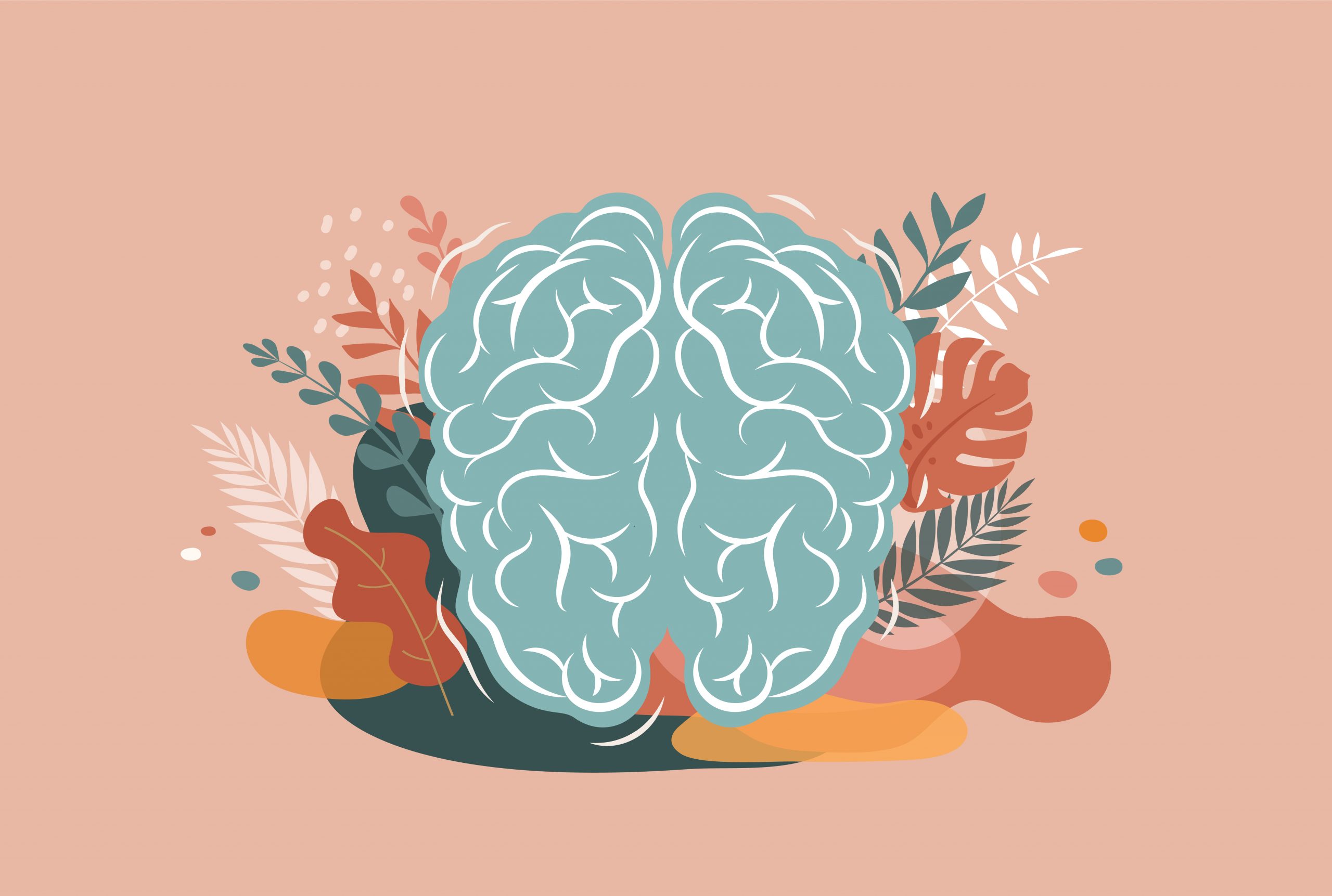
Mind-Body Connection
Practices like yoga and Pilates promote the integration of physical movement and mental focus.


